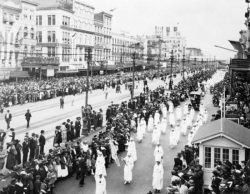Art
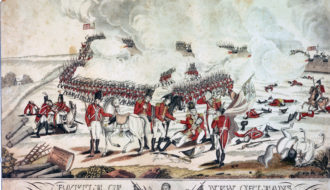
William Edward West
Largely self-taught, William Edward West began as an itinerant portrait painter in the Mississippi River Valley before traveling extensively throughout the United States and Europe.

Largely self-taught, William Edward West began as an itinerant portrait painter in the Mississippi River Valley before traveling extensively throughout the United States and Europe.

William Haney operated Haney’s Big House, a café, bar, and nightclub that showcased Black artists from across the South.
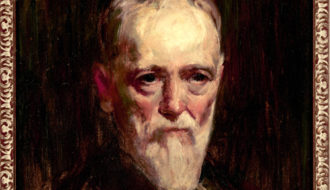
William Woodward was a prolific painter, etcher, potter, historic preservationist, architect, teacher, and promoter of art in late nineteenth- and early twentieth-century New Orleans.
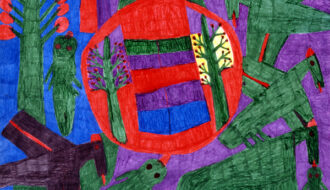
Willie White was a nationally recognized self-taught artist who used felt-tip markers to render whimsical organic forms in flat, bold planes of color.
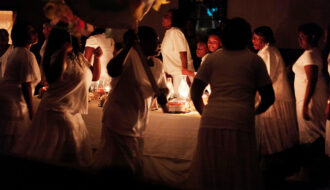
Held on the Saturday before Easter Sunday, this women-led vigil includes counterclockwise percussive foot movement and call-and-response singing.
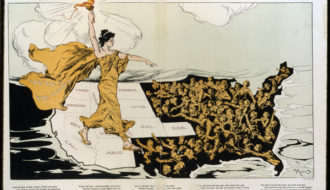
The movement for women's rights in Louisiana started with benevolence work in church groups and progressed to the campaign for woman suffrage.

Women constituted a valuable asset in colonial Louisiana.
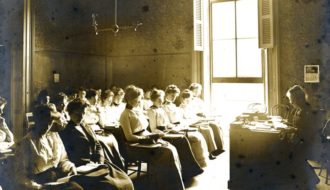
Louisiana women have written about life in the state since before the Civil War, presenting their views of its unique society and landscape.

Inspired by social justice and protest movements percolating across the country in the 1960s, Second Wave feminists sought liberation and equal rights for women.
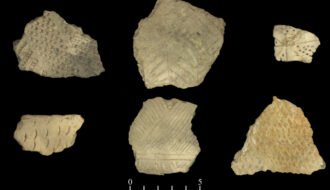
People of the Tchefuncte, Marksville, Troyville, and Coles Creek cultures lived in Louisiana during the Woodland period.
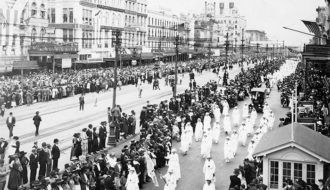
During World War I, the federal government expanded its power and reach, while social and cultural movements transformed the world in which most Americans, including Louisianans, lived.

During World War I (1914–1918), Louisiana underwent fundamental changes to its society, culture, and economy.
One-Year Subscription (4 issues) : $25.00
Two-Year Subscription (8 issues) : $40.00
